Let It Be movie review: restored Beatles film will redeem its reputation
Peter Jackson’s epic TV series about The Beatles, Get Back, was rightly lauded as a landmark piece of TV. A reclamation of footage recorded by Michael Lindsay-Hogg during 1969 writing sessions for a new album, which was going to culminate in their first concert since 1966, the eight-hour show on Disney covered 21 days of studio gold and was instantly loved and acclaimed.
It stands as a remarkable document of the songwriting process, but more particularly, a document of genius. In the way genius can exist between people: in this case, four old friends from Liverpool, who in between cups of tea and fags and bickering and laughs and simmering resentment and sitting-too-close girlfriends, conjure sublime music as easily as they might roll a joint. For all the fun of analysing the power dynamics, the show worked in capturing the joy in watching the creative act in its ideal state: hard graft around the edges, but effortless at its core.
But before Get Back, there was Let It Be, the documentary film which was the original result of the filmed sessions. Released in May 1970, a month after Paul McCartney had left the group, it was effectively the final release of The Beatles (alongside the accompanying album), even though the Abbey Road album was their actual final recording.
And while Abbey Road would have been a lovely end point for the band, Let It Be, decidedly was not. The album was patchy, and the film was not well received at the time, coming out amid the acrimony, and seen through the disappointed lens of a public watching the loveable mop-tops falling apart.
Now though, Peter Jackson has turned his attention to restoring the then-maligned parting film – “the father of Get Back, as Lindsay-Hogg puts it in a short interview intro with Jackson at the beginning – to give it a chance to be reassessed.
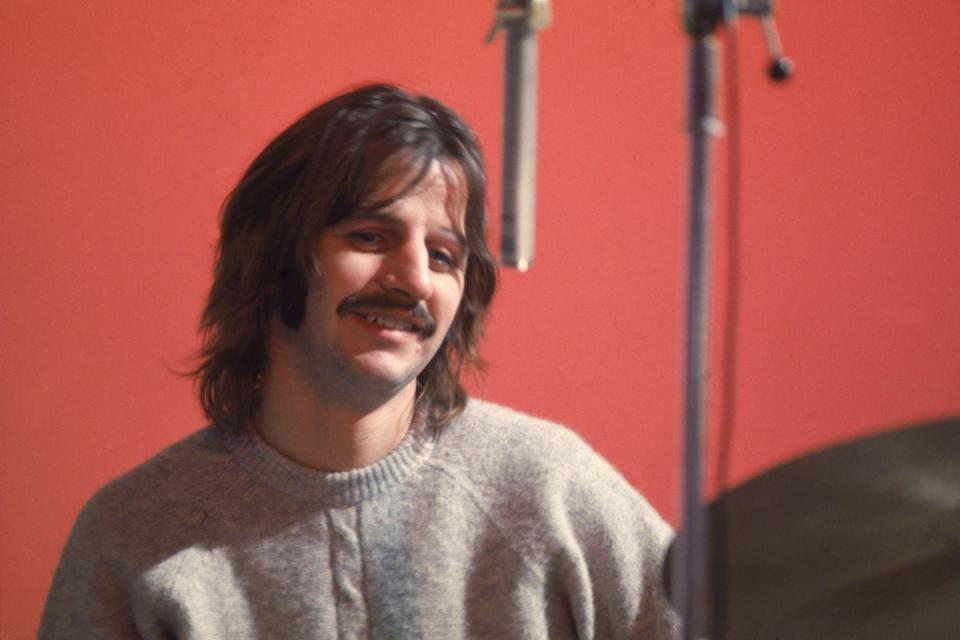
I’ve tried with Let It Be over the years, and always found it a bit boring and depressing. I feel like my reaction was the same as most people’s reactions: I just didn’t get what it was. Now, in the wake of Get Back, we of course can fully understand it: it’s not a chance to watch The Beatles having a laugh, but a band experiment gone wrong, from which Lindsay-Hogg salvaged this feature film.
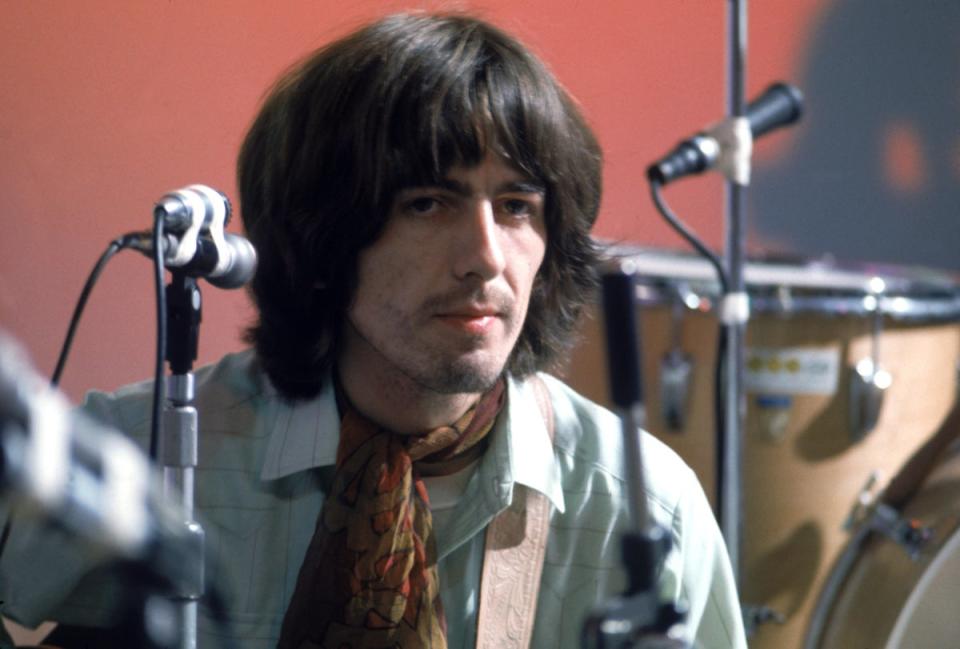
You can still see exactly why people didn’t like it. Without the long-form depiction of the band in the studio for hours and hours, you have little context for the row between McCartney and Harrison that became the film’s biggest takeaway.
Paul: “I’m trying to help you, but I can hear myself annoying you, I’m not trying to get at you…it’s like, should we play guitar all the way through Hey Jude, when I don’t think we should…” George: “I don’t mind, I’ll play whatever you want me to play, or I won’t play at all if you don’t want me to play, whatever it is that will please you, I’ll do it.”
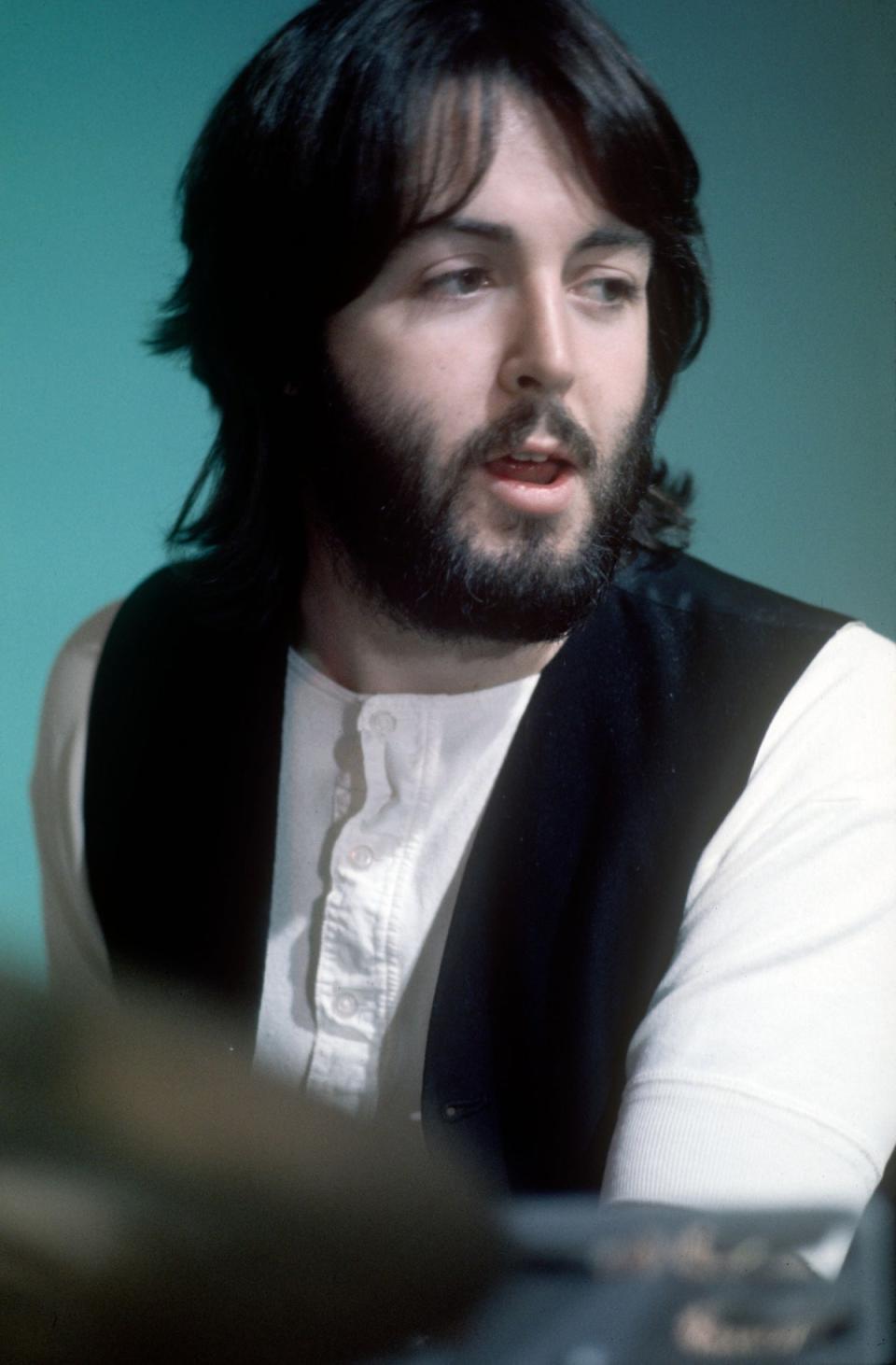
The shock of this kind of stuff overwhelmed everything else for fans, and set a certain tone for the film in Beatles mythology. Yet seen anew now, with full knowledge of the background to it, the film is not so depressing as that. In fact, for those who couldn’t make it past hour two of Get Back, it may well be a welcome whizz through the sessions, a kind of Best of Get Back.
Let It Be is suddenly a joy. Everything is here: the love as well as the strife, the incredible detail of their songwriting, and the daftness that was intrinsic to the band and helped oil the wheels of everything; a silly sense of humour is surely a human’s most underrated quality, at least when it comes to English people.
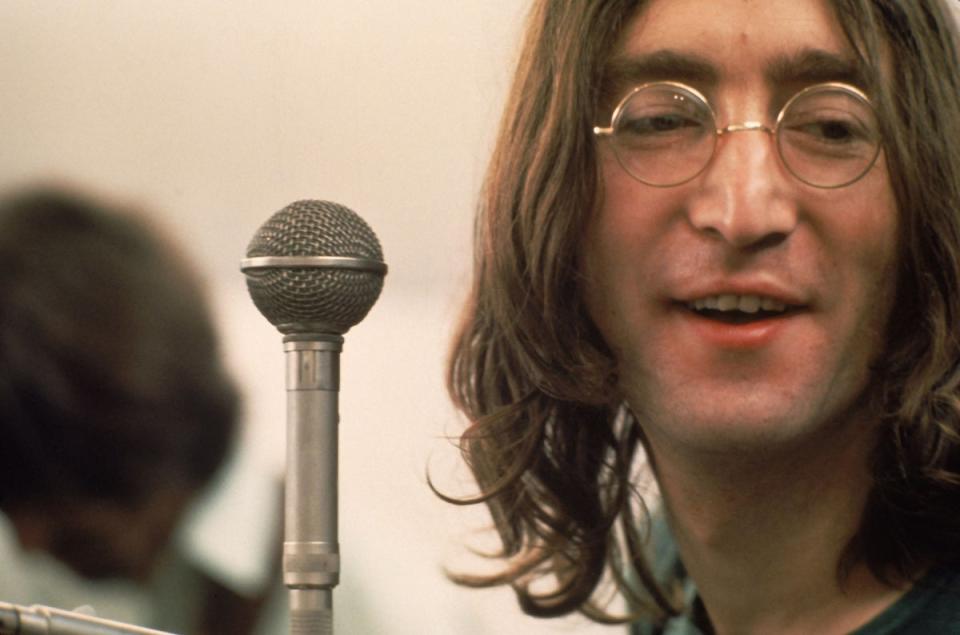
It is lovely to watch the moments of John and Yoko Ono dancing and snogging in the studio; the sequence of the band arriving in the morning to join in on Ringo’s Octopus’ Garden; Lennon’s curiously dialled-down presence, which doesn’t actually seem zoned-out from resentment of McCartney/drugs/Yoko’s influence, but a man transcending ego for the good of the group; McCartney’s remarkable grasp of multi-media and legacy, the absolute importance of capturing the band on film; Ringo’s clowning and feel. All of that.
It also can’t escape some of the old flaws. With the film’s tight running time, there’s too much reverence given to the song Let It Be, which has always landed on the mawkish section of the Beatles wheel, nestling beside The Long and Winding Road, which is also dwelt over for an eternity.
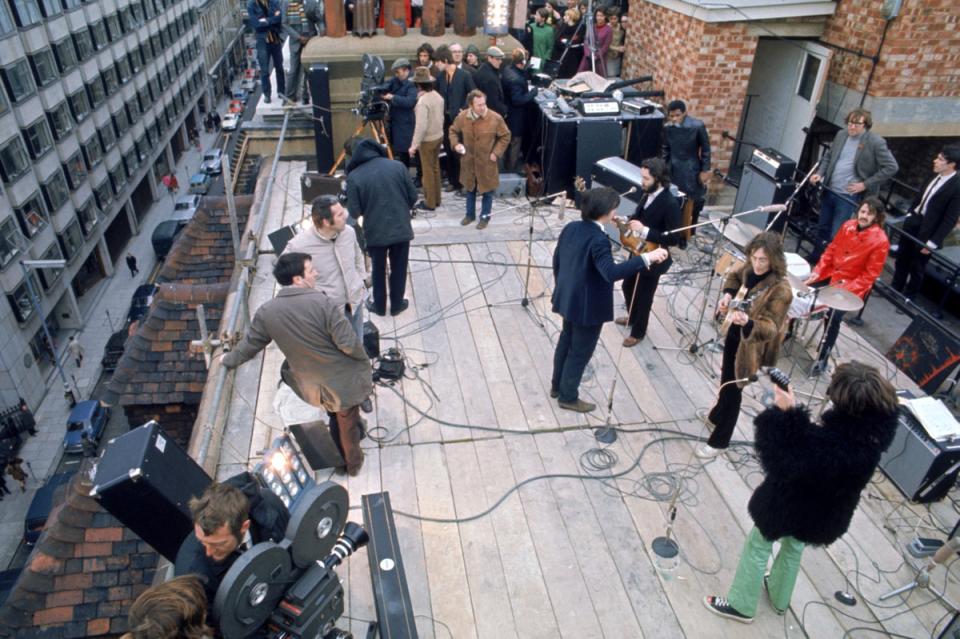
But the climax – which Lindsay-Hogg came up with as a way to end the film he had suddenly found himself making – of the rooftop gig remains a remarkable piece of history. Their last live performance is a beautiful thing, a gift to the capital from the skies with priceless footage of bewildered Londoners and hilariously put-out old chaps trying to get to work, and the bobbies moving in to ruin the fun.
That we’re still watching it and loving it, is a testament to this group, to McCartney’s vision, the power of what used to be called cinema, and what we still thankfully call music.
Let It Be is on Disney+ from May 8.

 Yahoo Movies
Yahoo Movies 
